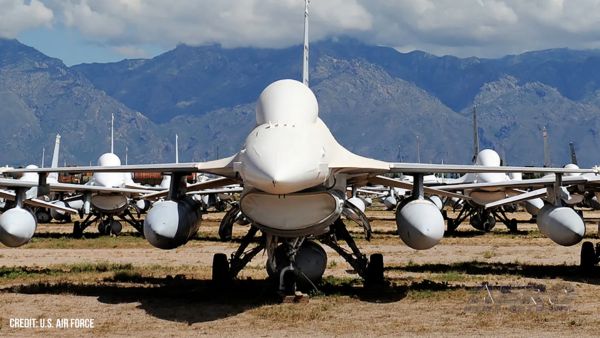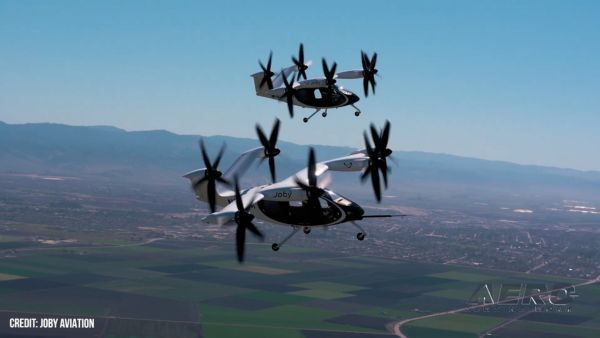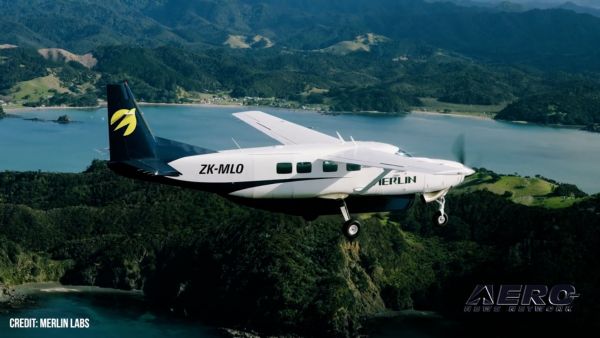Wed, Apr 29, 2015
Filed Formal Comments To The Part 107 NPRM
In its response to the FAA's notice of proposed rulemaking (NPRM) to govern commercial operations of small, unmanned aircraft systems (s-UAS), the NBAA acknowledged the generally measured initial regulatory framework for the new category, but also outlined a number of concerns with the agency's plans.
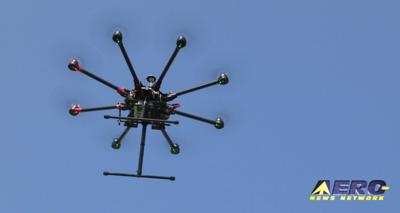
"Overall, the FAA's initial proposal represents a good start," said Doug Carr, NBAA vice president, regulatory and international affairs. "Given the sheer magnitude of the task before the agency in creating a regulatory framework for this new category, the NPRM provided a reasonable approach from which to develop initial regulations governing the safe operation of s-UAS."
For example, NBAA agreed with many of the FAA's suggested guidelines released earlier this year, including the requirement that s-UAS operations be conducted only in daytime, visual conditions, with the operator or a visual observer maintaining non-technologically-aided line-of-sight with the s-UAS at all times. NBAA also concurred with the requirement that s-UAS operators pass an aeronautical knowledge exam and obtain an FAA UAS operator certificate, with biennial reexamination in line with recertification requirements for pilots of manned aircraft.
However, in the more-than 60 points raised in NBAA's response to the NPRM, the Association also expressed concerns with several key positions in the proposed regulations. This included language proposing that s-UAS operators utilize air traffic control frequencies when alerting facilities controlling that airspace of their operations.
Noting that s-UAS operators may not be familiar with terminologies and procedures used on these frequencies by pilots of manned aircraft, NBAA suggested alternate means of communication must established for such communications.
NBAA also recommended that the FAA adhere to its established, maximum s-UAS operating altitude restriction of 400 feet above ground level, rather than the 500-foot limitation proposed in the NPRM. NBAA noted in its response that the 400-foot limitation would maintain separation between s-UAS and manned aircraft operating legally at 500 feet and above.
Recognizing that pilots of manned aircraft are "exposed to similar if not greater safety risks from s-UAS operations" in uncontrolled airspace, NBAA also recommended that commercial s-UAS operators operating within 3 miles of airports in Class G airspace should be held to the same prior approval requirement as operations near Class B, Class C, and Class D airports, and within the lateral boundaries of surface areas underlying Class E airspace.
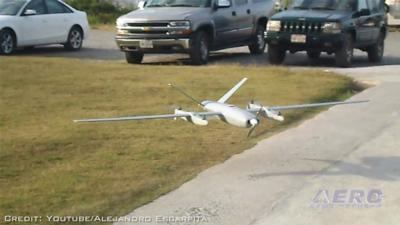
NBAA’s response to the FAA’s NPRM on s-UAS also restated the consistent position the Association has maintained throughout its participation in several joint industry/government groups tasked with developing standards and guidelines for s-UAS operations.
"NBAA has long maintained that it is imperative that any introduction plan for UAS be thoughtful, deliberative and focused on safety," NBAA noted. "This means UAS should not share the same airspace with manned aircraft until they have equivalent certification and airworthiness standards as manned aircraft, including the ability to take timely directions from air traffic control, and to sense and avoid other aircraft and UAS."
That said, Carr also emphasized that any regulatory framework governing the use of s-UAS must recognize the probable swift advancement of s-UAS technology, including systems that would ultimately enable s-UAS to operate safely beyond line of sight of the operator station and observers.
"This is a fast-changing, and ever-evolving, segment of aviation," he said. "Our discussions with the s-UAS community indicate the technology could mature more quickly than the FAA's established rulemaking process can accommodate, so steps should be taken that would enable the agency to swiftly evaluate any technology that could potentially enhance the efficiency and safety of UAS operations."
The FAA's comment period on the NPRM closed April 24.
More News
Have A Story That NEEDS To Be Featured On Aero-News? Here’s How To Submit A Story To Our Team Some of the greatest new stories ANN has ever covered have been submitted by our>[...]
Cleared For The Option ATC authorization for an aircraft to make a touch-and-go, low approach, missed approach, stop and go, or full stop landing at the discretion of the pilot. It>[...]
“...no entity, whether a division of government or a private company or corporation, may use information broadcast or collected by automatic dependent surveillance-broadcast >[...]
“While our traditional mechanical magnetos will be around for a long time, Hartzell Engine Tech acquired E-MAG to expand its PowerUP Ignition System product portfolio into bo>[...]
Flight Check A call-sign prefix used by FAA aircraft engaged in flight inspection/certification of navigational aids and flight procedures. The word “recorded” may be a>[...]
 ANN FAQ: Submit a News Story!
ANN FAQ: Submit a News Story! ANN's Daily Aero-Term (05.13.25): Cleared For The Option
ANN's Daily Aero-Term (05.13.25): Cleared For The Option Aero-News: Quote of the Day (05.13.25)
Aero-News: Quote of the Day (05.13.25) Aero-News: Quote of the Day (05.14.25)
Aero-News: Quote of the Day (05.14.25) ANN's Daily Aero-Term (05.14.25): Flight Check
ANN's Daily Aero-Term (05.14.25): Flight Check


